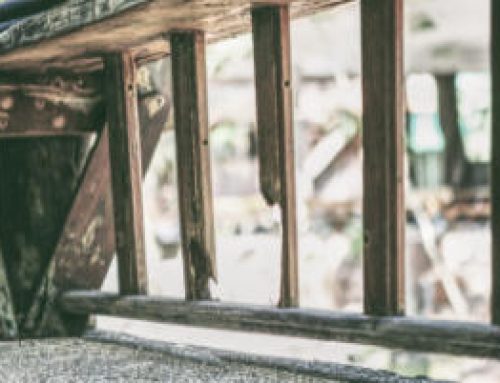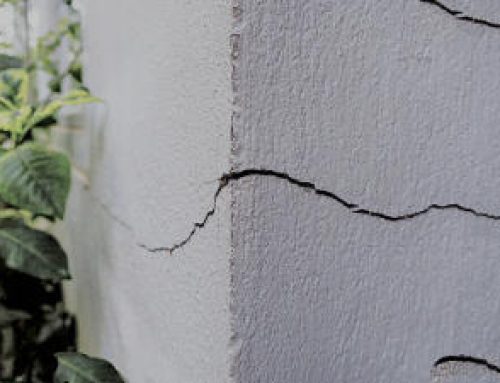According to the U.S. Environmental Protection Agency (EPA), “If you live in a home built before 1978 and you’re contemplating any work that will disturb more than six square feet of painted surfaces inside the home or 20 square feet on the exterior of the home, for example, replacing a window, installing cabinets, or adding on to your home, the contractor you hire is required by law to be trained and certified by the EPA.”
As a homeowner, it’s up to you to find a builder or remodeler that meets these requirements. One place to look is your local homebuilders’ association (Northern Virginia Building Industry Association in our area). They can provide a listing of certified remodelers. Or use the tool at leadfreekids.org to find a nearby renovation specialist. It’s best to hire an EPA Lead-Safe Certified Renovator.
Health Risks of Lead-Based Paint
Prior to 1978, lead-based paint was commonly used in house paint to increase durability and add pigment. If painted over, it usually won’t cause a problem. But if the paint has been disturbed, either by aging, peeling, scraping, sanding or burning, it can expose children (especially those under 2 years old), pets and even adults to significant health risks that can include:
- Brain or nervous system damage
- Lower I.Q. levels
- Learning and behavioral disorders
- Slowed growth
Symptoms of Lead Poisoning
The lead can enter the body by breathing fumes or dust or by ingesting contaminated dust or paint chips. Symptoms of lead poisoning include:
- Headaches
- Problems hearing
- Joint or muscle pain
- High blood pressure
- Loss of memory or concentration
- Pregnancy difficulties or reproductive problems
- Digestion trouble
If you’re working on a home project in a house containing lead paint, it’s best to call upon a contractor who is trained and experienced in lead removal.


